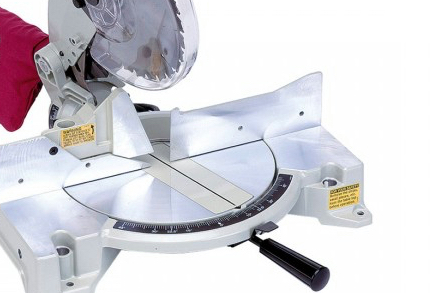‘Sawn through’

In an interesting and technical case, a big manufacturer/importer of sawing machines required my legal expertise.
Fine
An inspector of the Dutch Food- and Consumer Product Safety Authority (DFCPSA) fined the manufacturer, because a saw allegedly did not meet up to the applicable safety standards.
Protective hood of the sawing machine
What were the actual facts of the case? The relevant saw was a so-called cross-cut circular saw which is used often in construction to cut wooden slats under certain angles. These circular saws have to comply with specific European Safety Norms (EN), of which the Dutch Norm (NEN) has been derived. According to this norm the protective hood of the sawing machine should cover and block the sawblade as a whole. The manufacturer has tested the saw itself and let a Swedish inspection institute mark the saw separately. This institute provided the sawing machine with a CE-mark, which proves that the saw complied with the European safety standard.
Appeal against fine dismissed
According to the inspector of the DFCPSA an investigation revealed that the self-closing protective hood only would block after 2 turns and would leave an opening of approximately 2cm. An opening of the same size would allow the touch of the sawblade when someone deliberate would pull on the protective hood. Remarkable was that when the saw was turned off, the hood would close itself completely and automatically. It then would be practically impossible to hurt a finger. The pulling of the protective hood would therefore be against the normal use of the sawing machine and very hypothetical.
The inspector was familiar with the fact that all other saws of other big brands were equipped with the exact same protective hood with a free opening (some had even a bigger opening). There were no known cases in which a user had hurt his finger by putting it into the opening, like hypothesized by the inspector. The fine was imposed nevertheless. The complaint in the notice of appeal concerned the fact that the saw was marked in Sweden and marked with a CE-mark. It therefore complied with the standards, but this was dismissed by the DFCPSA. The manufacturer wanted to appeal this dismissal of the notice of appeal in court.
The Court rules in favour the manufacturer
The Court of Rotterdam ruled in favour of the manufacturer in the appeal procedure. During the hearing the cross-cut circular saw was brought on my request to the Court in order to let the judges see that nothing was wrong with the saw. At least it could be demonstrated that the inspector’s assumptions were severely far-fetched. The delegation of the DFCPSA were asked many difficult questions and in the end the Court ‘saw through’ their hypothesis. The Court in the end ruled that the appeal of the manufacturer was wrongly dismissed and quashed the decision of the DFCPSA to fine the manufacturer.

